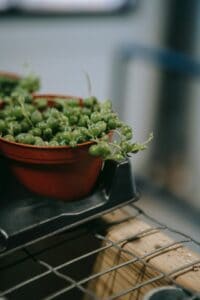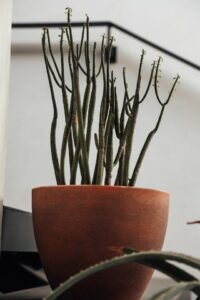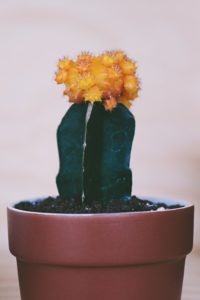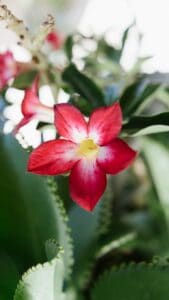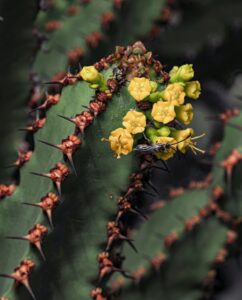Are orchids perennials or annuals? Top 5 perennial orchids
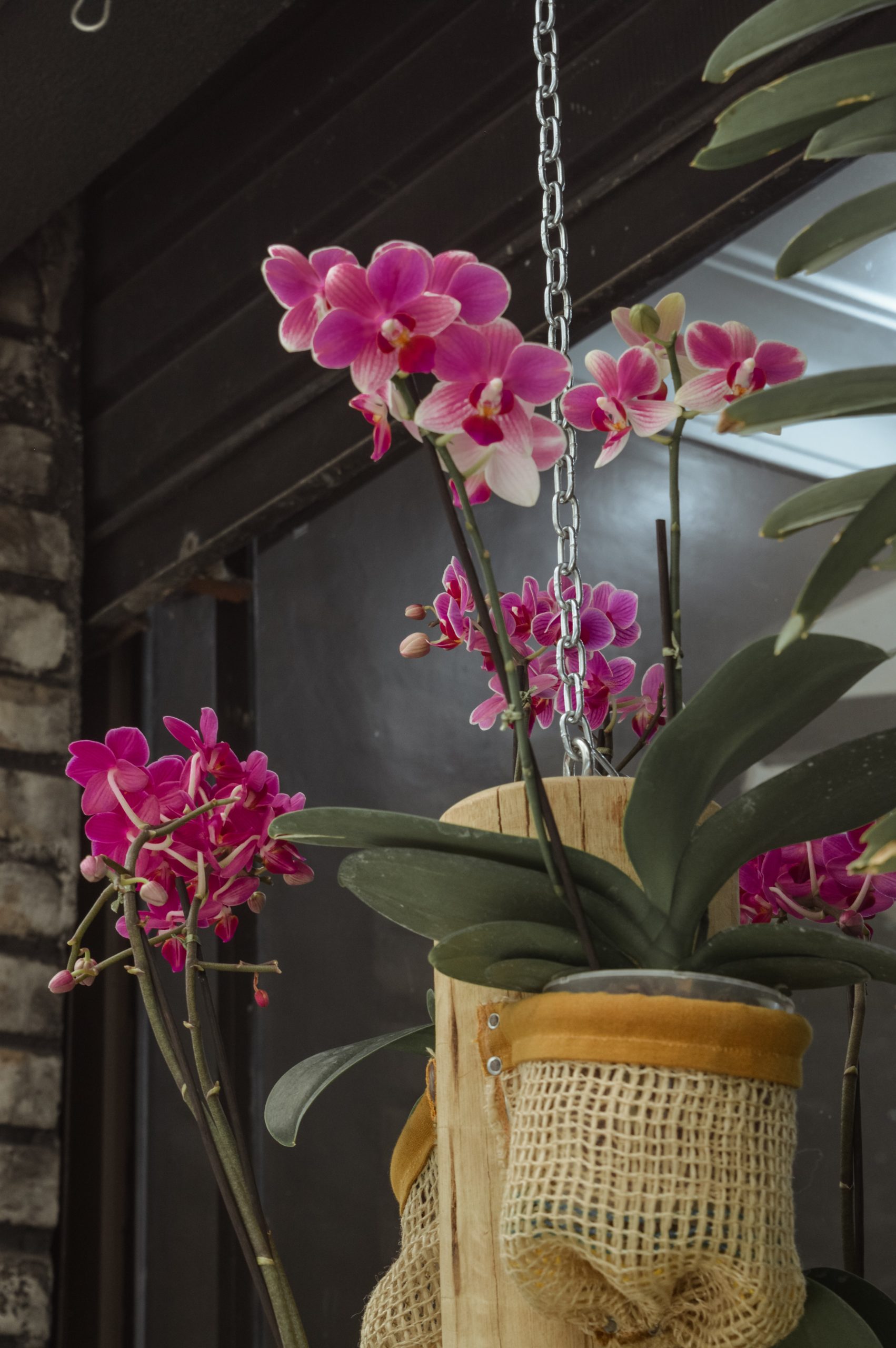
These beautiful flowering plantlets, scientifically known as Orchidaceae, but commonly known as orchids, are gorgeous plantlets for both indoors and outdoors and are part of the Orchidaceae family. And are considered flowering plants that are difficult to grow, classifying them as plantlets for advanced plant carers. This article will discuss the categories and the difference between both terms, perennial and annual.
Perennials, or more specifically, perennial plantlets are classified as such due to their life expectancy being more than two years. It is a common term in gardening science that is used for the distinction between short-life plantlets from long-life plantlets, the short-life plantlets are also known as “biennials”.
Biennials, or also said biennial plantlets, including orchids, are plants that have a life expectancy of not more or less than two years.
However, “perennial” has a second widely and commonly spread meaning, that is used to differentiate the plantlets with or without woody growth from trees and/or woody plants, which technically can be perennials too, but also specifically known as “perennials epiphytes”, to eliminate any possible confusion, we will use “epiphytes” to refer to this secondary meaning of the word “perennial”.
Now that we have a brief understanding of biennials and both meanings of the word perennial, we shall further move to “annual”. So, what we learned is that biennial plants are plantlets that live only two years, and that perennial plants are plantlets that live more than two years. Therefore, the meaning behind annual plants is that their life expectancy is as far as one year. This kind of plantlet gets to experience only one growing season, after which it dies.
On account of this, now that we know the difference and meaning between perennial, biennial and annual plants, we shall move forward to our famous question, are orchids perennials or annuals?
So, are orchids perennials or annual?
Cutting off to the chase, orchids are perennials. Considering the first meaning of the word “perennial”. Orchids are most commonly known as household plantlets. Therefore, in their natural habitat, all species of orchids are perennials. When it comes to growing an orchid at home, it depends on the environment you place your plant in, but naturally, orchids are perennials, not annual.
Orchids are successfully fulfilling both meanings of the term perennials, perennials and epiphytes. However, the answer varies in regards to the second meaning, which is epiphytes.
Orchids are perennials, the life expectancy of wild orchids goes up to 20 years, which when it comes to plants, is a very long time. As for orchids that are domesticated, and kept indoors, their life expectancy reaches a peak of 15 years.
When thinking about the second meaning of the word “perennial”, as mentioned earlier in the article, well, the answer to our question is both yes and no. Orchids are part of the orchid family, which is composed of many species of Orchidaceae plantlets.
Many species of Orchidaceae plants are epiphytes, in fact, the majority of them are. However, not every orchid species is classified as perennial epiphytes. To put this in context, the majority of orchid species can grow anchored on trees or woody plants, perennials epiphytes. The species of orchids that are not epiphytes are classified as terrestrial, these two are the main categories when it comes to species of Orchidaceae plants.
What species of orchids are perennials, and which species are not?
As mentioned earlier, the majority of orchid species are epiphytes, which, from a number perspective, are superior. Let’s take a look at species of orchids that are terrestrial, basically, orchids that grow on the ground, not anchored on trees or shrubs. Based on my liking, I have created a top 5 for both terrestrial and epiphytes.
Terrestrial:
- Calypso bulbosa, also known as Fairy Slipper Orchid.
- Bletilla ochracea, commonly known as the yellow flower Chinese ground Orchid.
- Pterostylis nutans alba, known as the white-flowered nodding greenhood.
- Liparis kumokiri.
- Habenaria Radiata.
Epiphytes:
- Aerides falcata.
- Brassavola.
- Cattleya vestitum.
- Paphinia.
- Odontoglossum.

